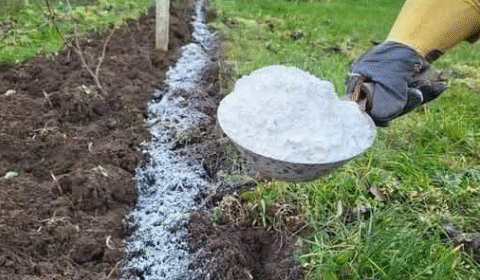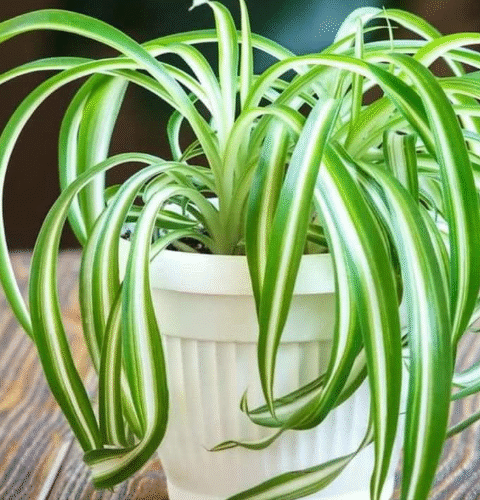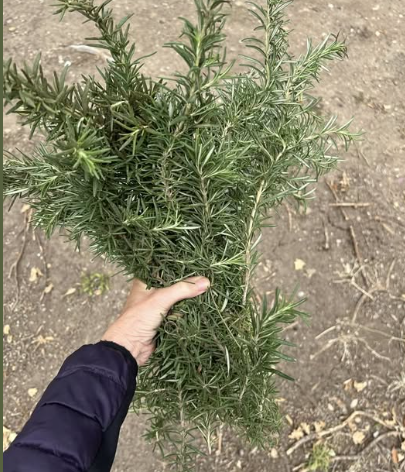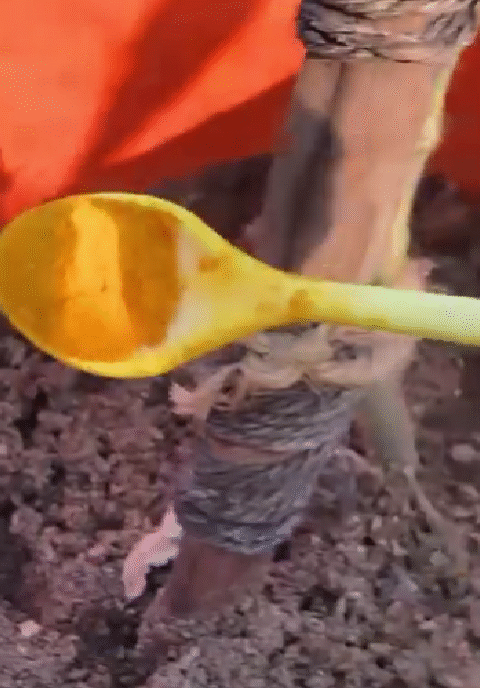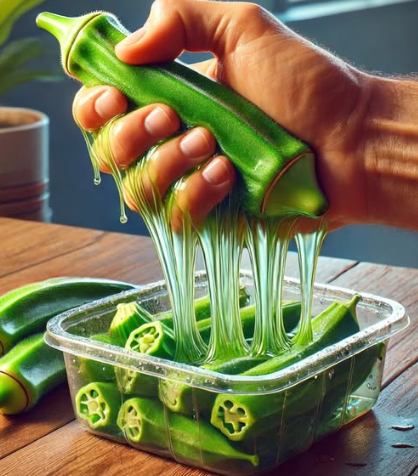🍈 Solution for Growing Cantaloupe Melons at Home – Big, Sweet, and Succulent Fruits
Imagine biting into a juicy, sweet cantaloupe freshly picked from your own garden 🏡. With a little care and planning, you can grow cantaloupe melons that rival (or beat!) store-bought varieties in size, flavor, and nutrition. This guide will walk you through every step of growing large, sweet, and succulent cantaloupes at home—whether in the ground or in containers.
🌟 Why Grow Cantaloupe at Home?
- ✔ Fresh and Organic: Grow without harmful chemicals.
- ✔ Cost-Effective: Save on fruit bills and enjoy better taste.
- ✔ Nutritious: Packed with vitamins A, C, and hydration-boosting properties.
- ✔ Space-Friendly: Can be grown in containers or garden beds.
📋 Step-by-Step Guide to Growing Cantaloupe
Step 1: Choosing the Right Variety
- Hale’s Best: Heat-tolerant and sweet.
- Sugar Cube: Small, extra sweet melons.
- Minnesota Midget: Great for compact gardens or pots.
- Ambrosia: Aromatic and juicy large melons.
Step 2: Selecting a Growing Location
- 🌞 Needs 6–8 hours of full sun per day.
- 🌱 Well-draining soil to prevent rot.
- 🪴 Container Size: Minimum 10-gallon if using pots.
Step 3: Preparing the Soil
- Use loamy, sandy soil for best results.
- Add compost or aged manure to enrich nutrients.
- Maintain pH between 6.0–6.8.
- For containers, mix potting soil + compost + sand.
Step 4: Planting the Seeds
- Plant after the last frost date.
- Plant ½ to 1 inch deep, spaced 2–3 feet apart.
- Water thoroughly after sowing.
Step 5: Providing Proper Care
- 💧 Keep soil moist—don’t let it dry or waterlog.
- 🌾 Mulch around base to retain moisture.
- 🪴 Use trellises if vertical space is limited.
- 🌿 Fertilize with balanced 10-10-10 when flowering starts.
Step 6: Pollination & Fruit Development
- Hand-pollinate with a small brush if bees are scarce.
- Once fruits form, slightly reduce watering to concentrate sweetness.
Step 7: Pest and Disease Control
- 🪲 Use neem oil for aphids, beetles.
- 💨 Ensure airflow to prevent fungus.
- 🧼 Treat powdery mildew with water + baking soda spray.
- 🍈 Place small mat under fruit to prevent rot on the ground.
Step 8: Harvesting Juicy Melons
- Harvest in 75–90 days after planting.
- Ripe signs: beige/yellowish skin, sweet aroma, fruit detaches easily.
- Use a knife or garden shears—avoid pulling.
📊 Cantaloupe Growth Timeline
| Stage | Timeframe | Activity |
|---|---|---|
| Germination | 5–10 days | Seed sprouting in warm, moist soil |
| Seedling Growth | 2–3 weeks | Leaves develop, thin if overcrowded |
| Vine Spreading | 3–5 weeks | Train vines on ground or trellis |
| Flowering | 5–7 weeks | Begin pollination & reduce watering |
| Fruit Maturing | 8–12 weeks | Fruits ripen, sweeten, ready to harvest |
👩🌾 Expert Growing Tips
Dr. Jules Soriano, melon breeder: “The key to sweet cantaloupe is reducing water after fruit set and maximizing sun exposure during ripening.”
Lara Bennet, home garden expert: “I always plant in mounds and mulch generously—it keeps the soil warm and moist, perfect for melon development.”
❓ Frequently Asked Questions
- Can I grow cantaloupes indoors?
Only if using large containers and strong grow lights. Best results are outdoors. - How many fruits per plant?
Each plant typically yields 3–5 melons depending on care and variety. - When do I stop watering?
Reduce watering once fruits are set and ripening begins—this improves sweetness. - Do I need male and female flowers?
Yes. Each plant produces both—hand pollinate if bees aren’t present. - What if melons crack?
Overwatering or rain during ripening can cause cracking. Mulch and cover if needed. - Should I prune vines?
Optional. Some prune lateral vines to focus energy on main fruits. - What temperature do cantaloupes need?
Ideal range: 70–90°F (21–32°C). Avoid cold drafts or frost. - How do I store harvested melons?
Store at room temp until fully ripe, then refrigerate for up to 1 week. - Can I reuse soil?
Yes—refresh with compost and rotate crops to avoid disease buildup. - What companions help cantaloupes grow?
Plant near marigolds, radishes, or nasturtiums to deter pests.
🥗 Related Recipes Using Cantaloupe
Enjoy your harvest with recipes like melon sorbet, cantaloupe-cucumber salad, or fruit smoothies. Visit this recipe site for more ideas!
By following this home-growing guide, you’ll enjoy fresh, juicy cantaloupes straight from your garden. It’s time to turn your space—big or small—into a melon-growing paradise! 🍈🌿


